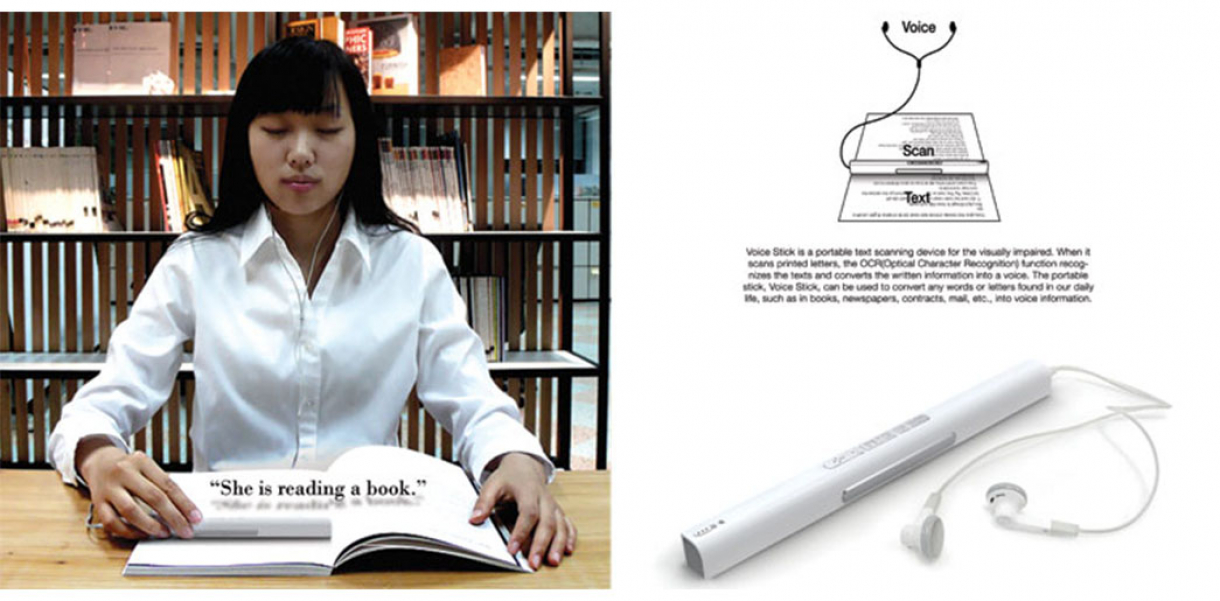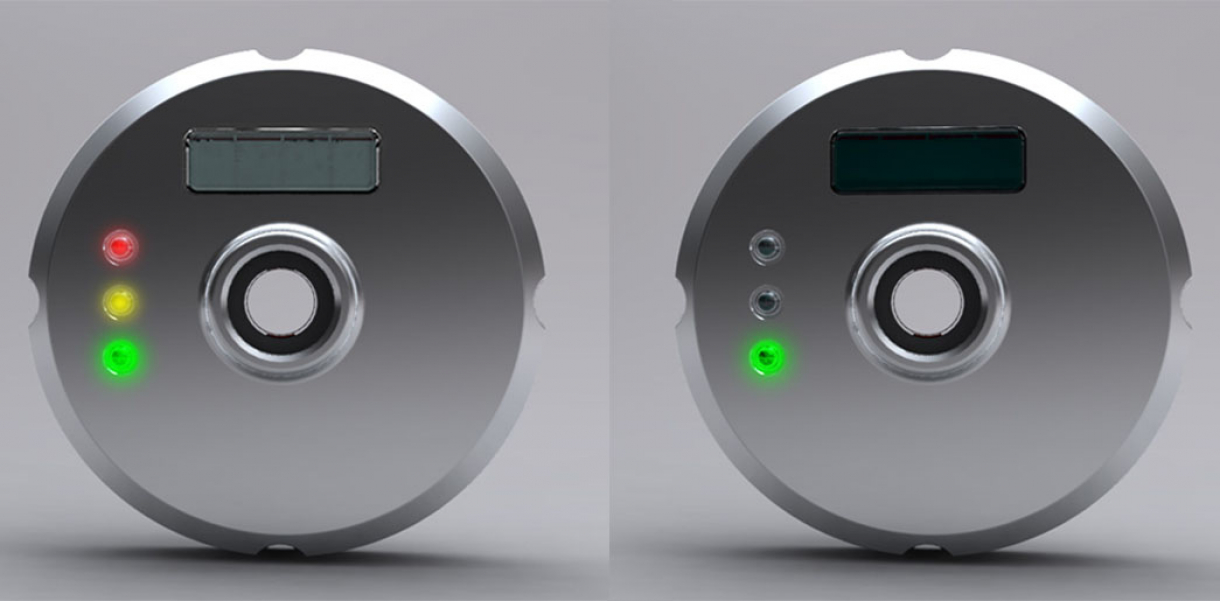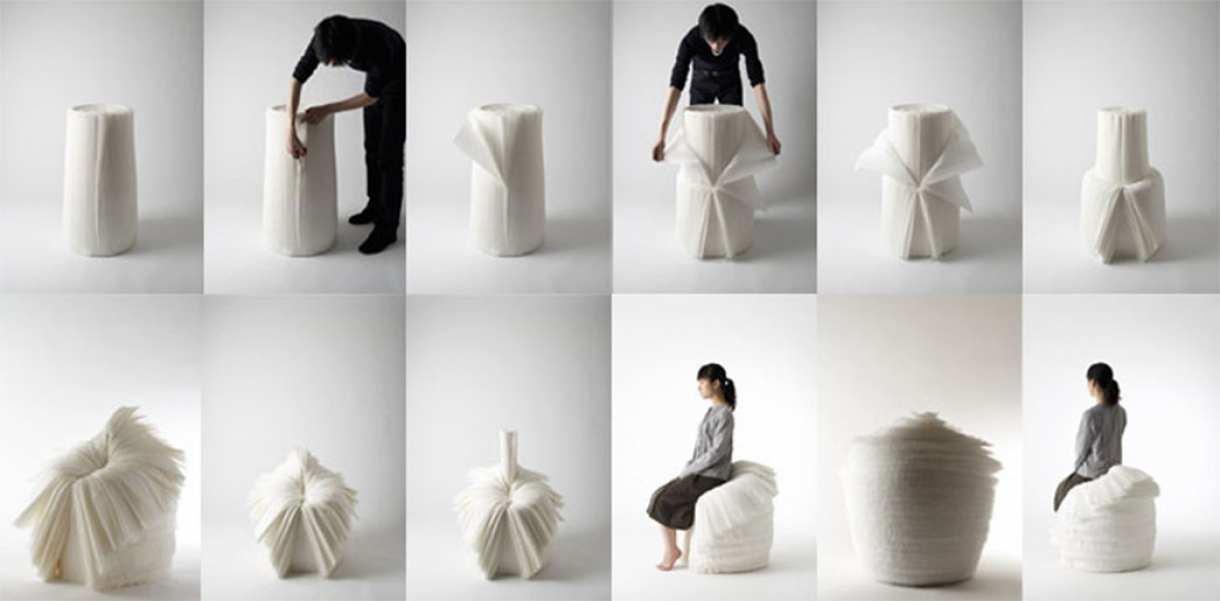Latest figures from the World Health Organization (WHO) put the number of visually impaired people globally at 314 million, with some 45 million of them blind. Women are more at risk than men in all age categories, and 87 percent of the world’s visually impaired people are in developing countries.
The Voice Stick incorporates scanning technology with voice-output technology to allow the blind to read printed text like a sighted person. In short, when the Voice Stick is used to scan a page, the text is read aloud.
The designer Sungwoo Park’s goal of creating an auditory reading system for visually impaired people involves two translation steps: “First, optical character recognition technology scans typewritten text and translates it into machine-editable text,” he explained. “Second, the Voice Stick then uses text-to-speech technology to translate the scanned written text into a voice-spoken rendition.”
“It’s very hard for someone with sight to understand fully the experience and needs of blind people,” explained Park regarding the design process. “I covered my eyes for two days to try to get a sense for the challenges, and I did a lot of exercises in touching things and trying to understand the world that way. This gave me a symbolic meeting point of factors in the work, too. Two senses are brought into play in the service of another.”
For Park, then, the Voice Stick was a tool for bringing together two sensory informational faculties — touch and hearing — in a response to a lessened capability in another, sight.
“I didn’t know anyone personally who was blind,” he says, when he started his work on the design. “But, I thought that blind people or anyone not as privileged as the rest of us to be able to see and understand the world should have assistance.”
Although still in a prototypic stage, the Voice Stick, says Park, may be attracting the attention of potential manufacturers soon.
Designed by
Sungwoo Park - South Korea






